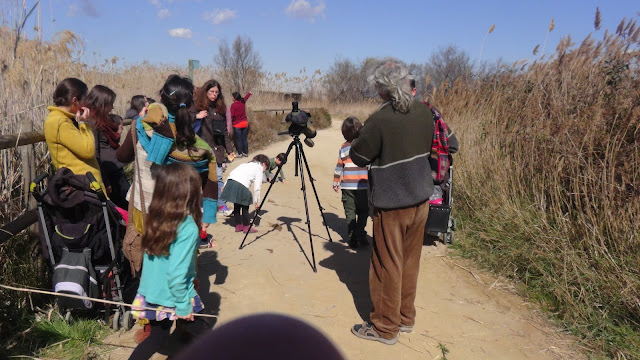Judit y Sara
entrevistan a Jaume Barberà, maestro de vocación, periodista y presentador de
televisión. Su programa, Retrats, es uno de los más interesantes actualmente en
el mundo televisivo. Durante su trayectoria ha entrevistado a más de 4000 personas
estratégicas dentro del marco social, cultural y político. Trata temas que promueven e impulsan la
reflexión y el pensamiento crítico. Su trabajo requiere una cosa imprescindible
que no le enseñó la universidad, curiosidad, ganas de aprender e interés por
conocer. Dentro de las miles de entrevistas que ha realizado a lo largo de los
30 años que lleva trabajando en los medios de comunicación, destaca la
entrevista al escritor de Uruguay Eduardo Galeano y la entrevista al filósofo
Emilio Lledó.
A Jaume le
apasionan todos los temas, pero hoy en día especialmente le interesa la cuarta
revolución industrial que nos cambiará a todos, le gusta pre-ver, ir más allá,
le gusta salir del grupo, no se deja llevar por las mayorías, aunque a veces esto
implica quedarse en la más absoluta de las minorías y cita una frase del
filósofo Lledó, cuando todos piensan lo mismo, no hay nadie que piensa. Cada
uno tiene que tener su personalidad, respetando la de los otros, cada uno ve el
mundo a su manera, puedes coincidir con los demás o no, pero no hay que dejar
de creer en uno mismo a no ser que te des cuenta que te equivocas, no pasa nada
por equivocarse, se crece equivocándose y analizando donde te has equivocado,
para no volver a repetir los errores. Buen mensaje final para Sara y Judit que
le escuchan con suma atención.























